"Parthenope," says Paolo Sorrentino about his latest film, released in Italy on October 24, “reveals two mysteries: the woman and Naples.” Beautiful and alluring, deep and clever, nostalgic, joyful, free-spirited: these qualities define Parthenope, the protagonist, just as they define Naples, the city whose name she bears and where her story unfolds. Parthenope, in fact, is the ancient name of Naples, rooted in the legend of the siren who founded its first Greek settlement.
Naples is not merely a backdrop to the story; it shapes it, with each stage of Parthenope’s life corresponding to a landmark in the city. In this article, we’ve gathered the main locations of Parthenope to experience and explore Naples through Paolo Sorrentino’s eyes. Let’s begin.
8. Villa Lauro and the Posillipo's Villas: Parthenope and her bond with the sea
The film opens with a birth scene taking place in the waters off a private beach near an ancient villa. This is Villa Lauro (also known as Villa Rocca Matilde), once the residence of shipowner Achille Lauro. Here, amid the waves of Posillipo and under the gaze of Mount Vesuvius, the protagonist is born, symbolically establishing her bond with the sea. But Villa Lauro isn’t the only coastal location chosen for the film. Villa Grotta Marina, near the Bay of the Two Friars, serves as the stunning home of Parthenope’s upper-class family.
These villas are private, so they cannot be visited or accessed from the shore, but they can be admired from the sea. How? Through a tour of the gulf, perhaps by boat. The most comprehensive and convenient tour is offered by InStazione. Starting from Castel dell’Ovo, you can sail aboard Argo, a 7.5-meter vintage launch, exploring the coast from Santa Lucia to Posillipo and admiring the settings of Parthenope and much more. The tour even includes a snorkeling stop in the waters of Villa Lauro, providing a closer look at Sorrentino’s Naples.
7. Galleria Umberto and Via San Carlo: the sensuality of Naples
It’s the 1950s, the war is over, and Naples is bursting with beauty: elegant and handsome men and women stroll along Galleria Umberto and Via San Carlo. Glances are fleeting, but the air is rich with erotic tension. Parthenope’s life has only just begun, and Naples too is ready for a fresh start. Sorrentino places this extended, purely visual sequence in the city’s most representative locations, symbols of cultural ferment, art, and rebirth. The Galleria, built in the late 19th century, is an architectural masterpiece, a majestic and lively space where history, commerce, and culture intersect. Via San Carlo, which runs alongside the famous San Carlo Theater, a symbol of opera and Naples’ great musical tradition, embodies the city’s timeless elegance. Together, they reflect the multifaceted identity of Naples, where past and present coexist in harmony.
6. Capri and the Gardens of Augustus: the memory of a Summer
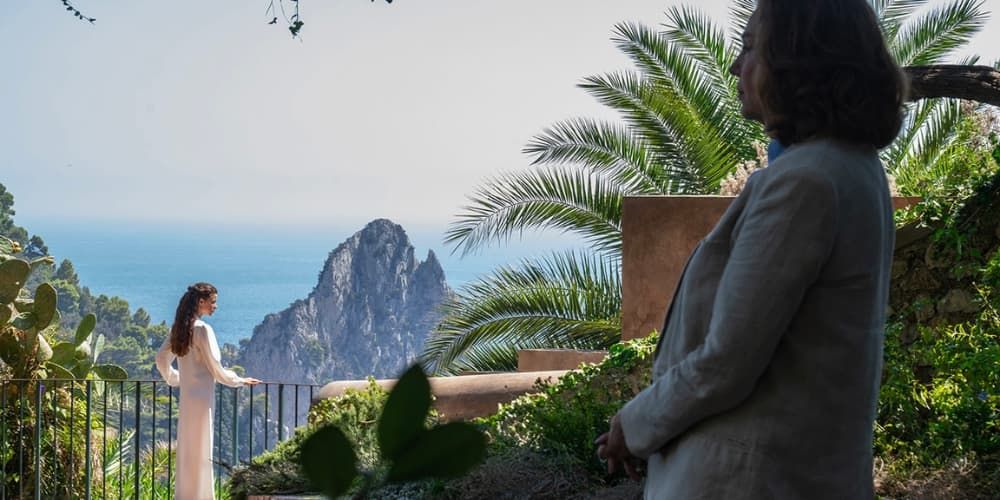
In Parthenope’s life story, the memory of a summer in Capri holds a special place. In this enchanting corner, where the island’s timeless beauty merges with youthful carefreeness, a pivotal episode in her life unfolds. The famous Faraglioni rise dramatically from the water, and in the film, they are admired from the Gardens of Augustus, creating a spectacular visual effect. From this garden, one of Capri’s most enchanting spots, you can view the Faraglioni and the winding Via Krupp, capturing the island’s natural splendor. The film also features scenes on the beach at Punta Carena Lighthouse in Anacapri, which emphasizes the island’s wild strength and primal essence.
5. University of Naples Federico II: Parthenope and Her Studies in Anthropology
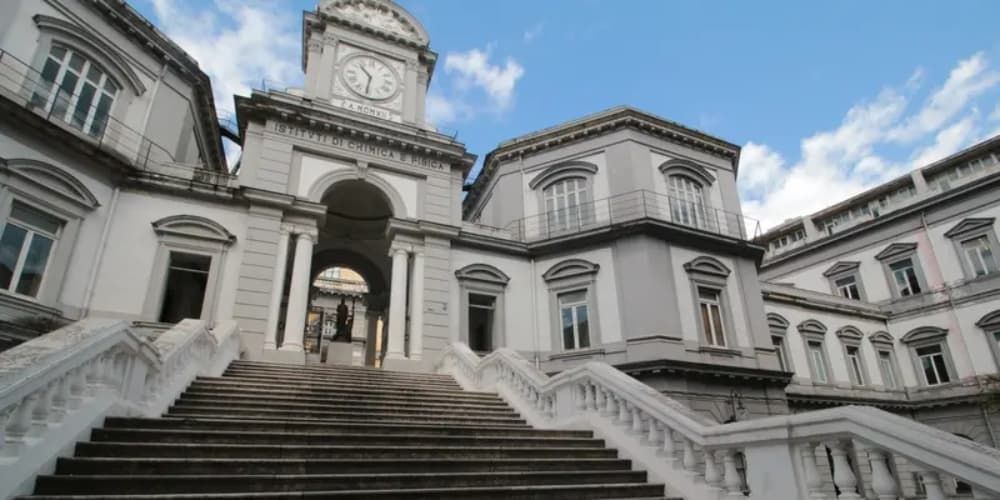
Parthenope is a young woman, brilliant and passionate about humanity. She loves observing every nuance of reality, and every character she encounters fascinates her without judgment. Naturally, she pursues studies in anthropology, eventually becoming a renowned professor. The University of Naples Federico II, the city’s premier institution of learning, serves as the backdrop for Parthenope’s academic journey. Founded in 1224, the university is not only an educational hub but also a symbol of Naples’ intellectual heritage. The scenes focus on the historic building on Corso Umberto I, home to the main campus. Key moments are shot in the beautiful Oval Hall, with its antique wooden seats, and on the monumental internal staircase known as the Scalone della Minerva.
4. Lungomare Caracciolo: Naples and the cholera outbreak
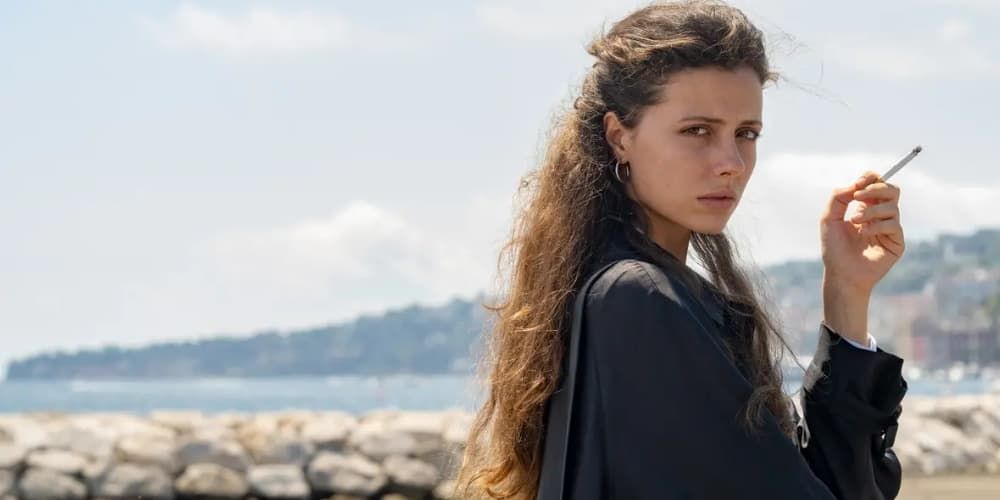
The Lungomare Caracciolo, with the sea and rocks on one side and the orderly rows of trees in the Villa Comunale on the other, is the Neapolitans’ promenade. This place is the setting for a pivotal scene marking a tragic event in Parthenope’s life. On the eerily deserted promenade, a mournful funeral procession marches under the bright Neapolitan sun, interrupted by an unusual vehicle: a large truck spraying disinfectant. This scene alludes to the cholera epidemic that afflicted Naples in the 1970s. For this sequence, Sorrentino used an original vintage truck.




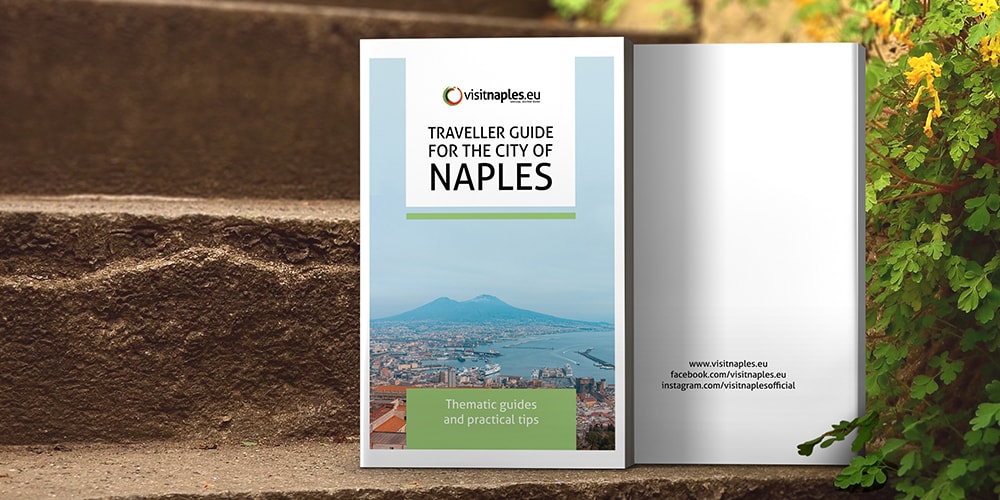




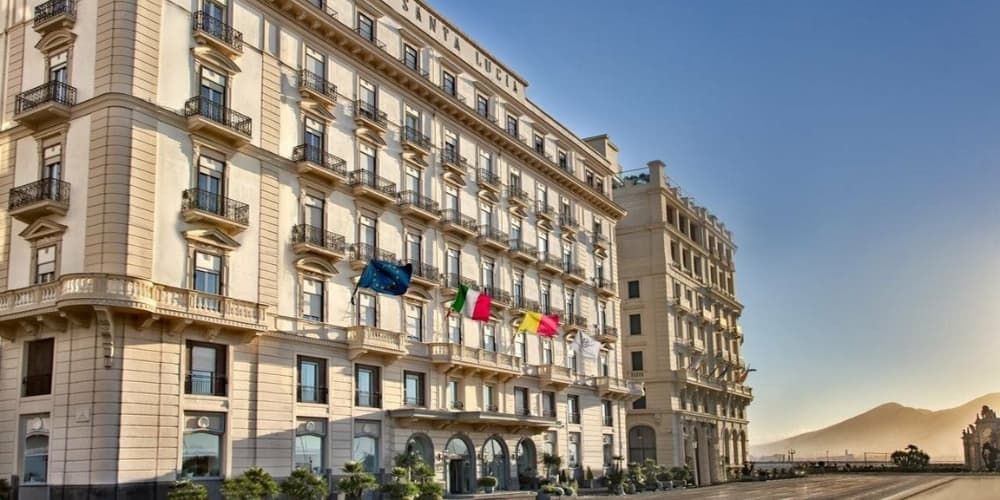


Lascia un commento